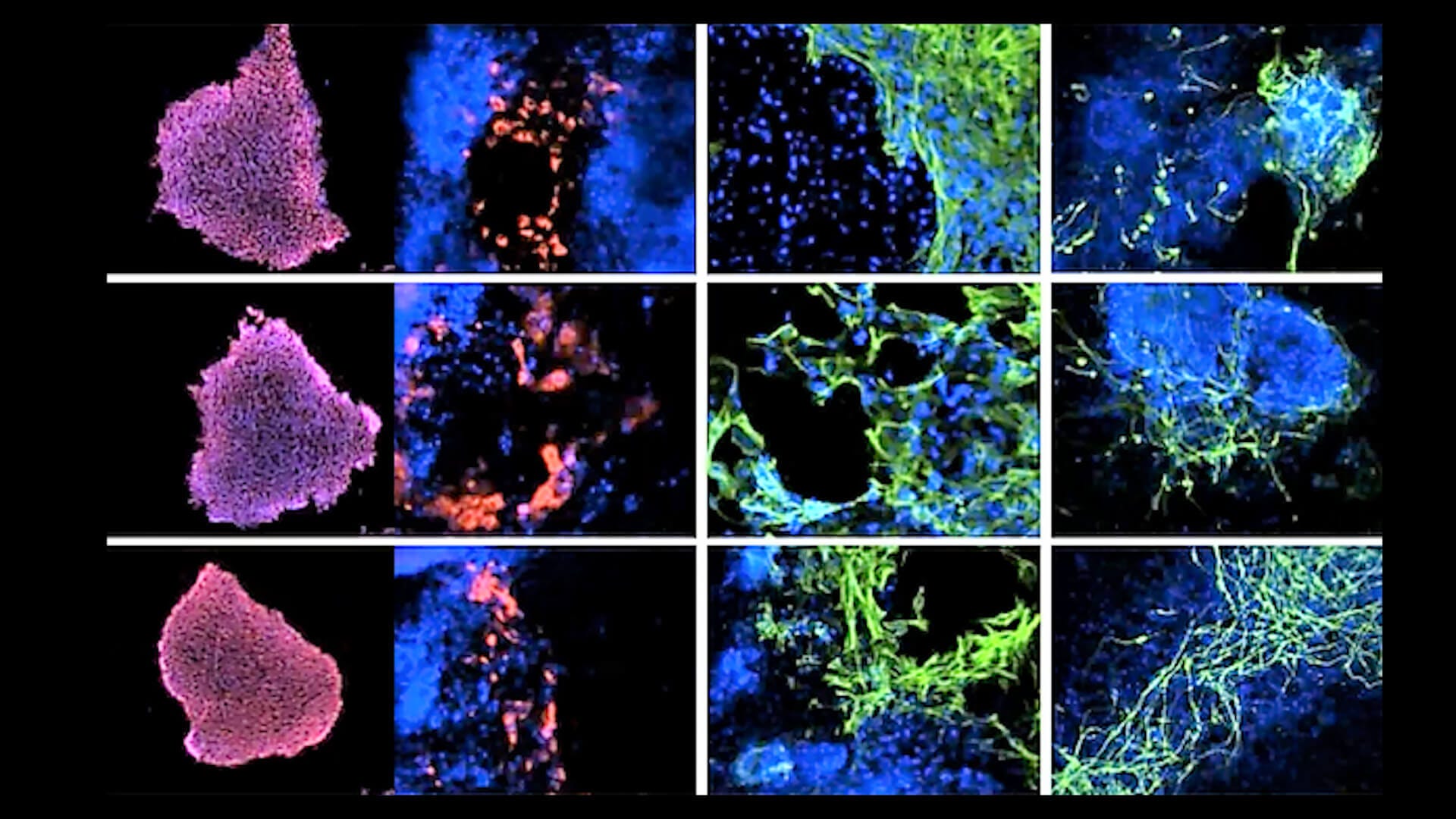Neurological Disease Modeling
Due to the difficulty in obtaining human brain tissue for experimental studies, animal models have traditionally been popular tools for neurological disease modeling and therapeutic evaluation. In recent years, however, researchers have begun using induced pluripotent stem cells (iPSCs) to generate more representative models for studying human neurological disease. These iPSC-based models, including iPSC-derived neurons, glia, neural organoids, and co-cultures, hold tremendous potential for drug discovery applications and studying human neurological disease. Researchers can now generate patient-specific differentiated cell types, bridging the translational gap between studies using animal models and clinical research.
We’ve created these resources to help you with your research in neurological disease modeling and drug discovery, and to give you a taste of what others are doing in the field.
Modeling Genetic Epilepsies with Induced Pluripotent Stem Cells
In this webinar, Dr. Andrew Tidball discusses current and potential uses of iPS cells for modeling epilepsies, how to develop different iPS cell-based model systems, as well as the key advantages and drawbacks of using these model systems.
View Now >-
 Neural Stem CellsOverview of the types of NSCs and their potential use as therapeutic agents for disease
Neural Stem CellsOverview of the types of NSCs and their potential use as therapeutic agents for disease -
 Building Three-Dimensional Human Brain OrganoidsOverview of brain organogenesis and the applications of brain organoids in studying the development and maturation of the nervous system
Building Three-Dimensional Human Brain OrganoidsOverview of brain organogenesis and the applications of brain organoids in studying the development and maturation of the nervous system -
 How to Co-Culture Human Pluripotent Stem Cell (hPSC)-Derived Forebrain Neurons and AstrocytesUse this optimized protocol to combine these cell types in 2D after generating each of them separate
How to Co-Culture Human Pluripotent Stem Cell (hPSC)-Derived Forebrain Neurons and AstrocytesUse this optimized protocol to combine these cell types in 2D after generating each of them separate -
 Cell-Reprogramming Technology and NeuroscienceDetails on human iPSC-derived models of neuropsychiatric and neurodegenerative disorders
Cell-Reprogramming Technology and NeuroscienceDetails on human iPSC-derived models of neuropsychiatric and neurodegenerative disorders









